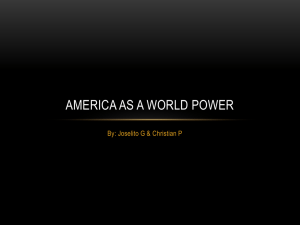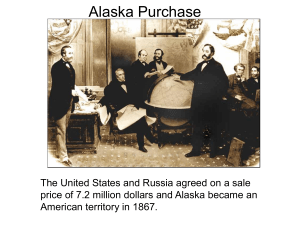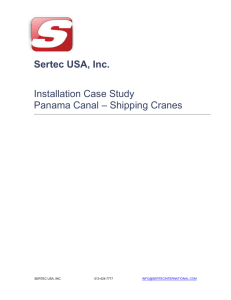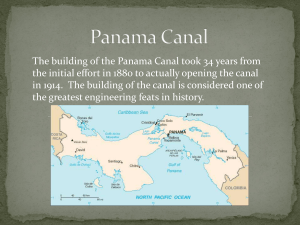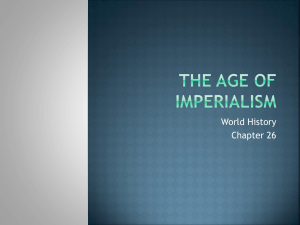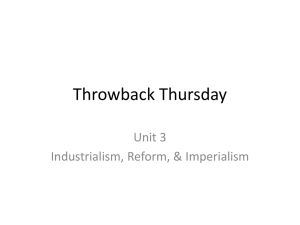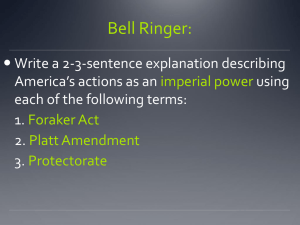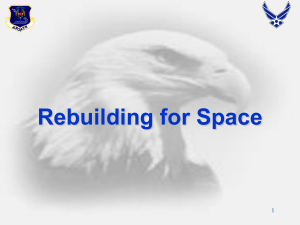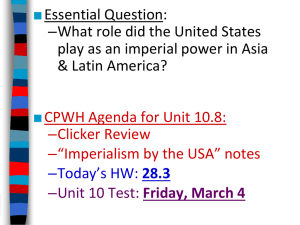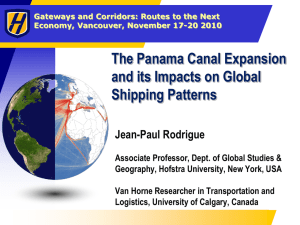Why did the United States want to build the Panama Canal?
advertisement
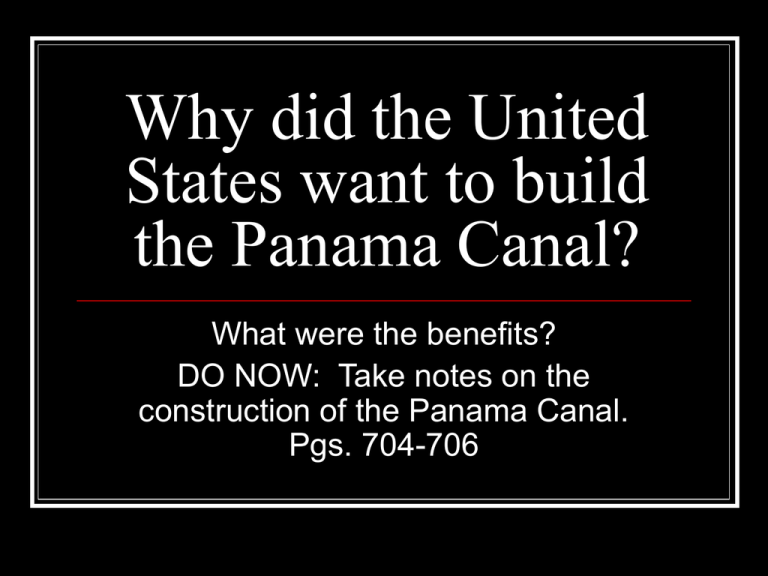
Why did the United States want to build the Panama Canal? What were the benefits? DO NOW: Take notes on the construction of the Panama Canal. Pgs. 704-706 Panama The United States had dreamed of building a canal across Panama. The country is an isthmus, or a narrow strip of land connecting two larger bodies of land and bordered by water on both sides. The Isthmus of Panama The Panama Canal A canal would shorten the time and distance that ships would travel from the Atlantic to the Pacific Oceans, eliminating the long sea voyage around South America. How the land deal was acquired Panama belonged to a larger country called Colombia. Roosevelt wanted the government of Colombia to sign a treaty allowing the United States to build a canal through Panama. The Colombians thought the treaty was unfair and refused to sign it. continued Roosevelt was impatient and thought it would be easier to deal with the people of Panama. Not all Panamanians were happy being part of Colombia and many wanted independence. In 1903, Roosevelt quickly sided with the revolutionaries and sent two gunboats to Panama to lend support against Colombia. continued The revolution lasted 3 days and Panama became an independent nation. 12 days later a treaty was signed between the US and Panama. Unfortunately for the Panamanians, the deal they signed was worse than the one given to the Colombians. The Treaty Americans were given permission to build a canal. They were given an enormous territory in which to build the canal, called the Canal Zone. Panama was given less money than that promised to the Colombians and the US promised to protect Panama’s independence. Construction of the Canal Building the canal was a great engineering feat. Thousands of workers labored for 10 years to carve a path through dense jungle and over mountains. They created a human-made lake and built locks to raise and lower ships to different water levels. Major Obstacles Disease The region was damp, tropical jungle, hot and swarming with mosquitoes that carried yellow fever and malaria. An army doctor, Colonel William Gorgas, went to Panama to fight and eventually eliminate yellow fever and reduce cases of malaria. Working on the canal Punishing tropical sun. By noontime, temperatures would reach 100 degrees and sometimes 130 degrees. Air was hot and humid. The work site was a slippery, treacherous sea of mud. Constant harsh racket from trains, drills and steam shovels were earsplitting. The air was blackened by the coal smoke that powered from the locomotives and steam shovels. Working on the canal After the workers left for the day, dynamite charges were exploded. Night crews worked on refueling and repairing machinery, moving railroad tracks, and preparing for the next way’s work. Accidents were a constant worry. Dynamite exploded unexpectedly when struck by lightning or steam shovel scoop. Many workers died or lost arms and legs in accidents. Opening and Benefits The Panama Canal opened on August 15, 1914. The Ancon, a cargo ship, made the first trip. The canal reduced shipping costs, help extend American naval power, and guaranteed a strong American presence in Latin America.
